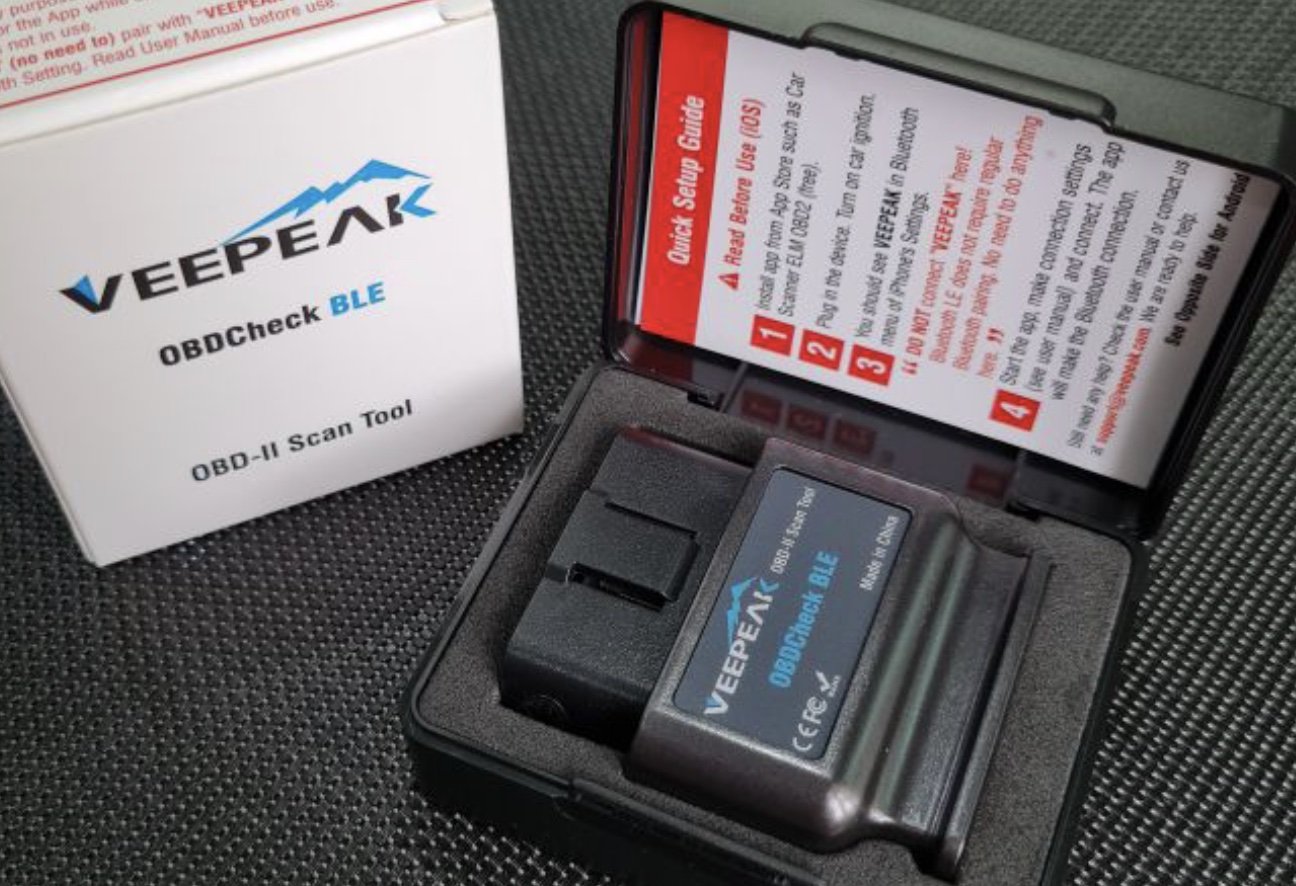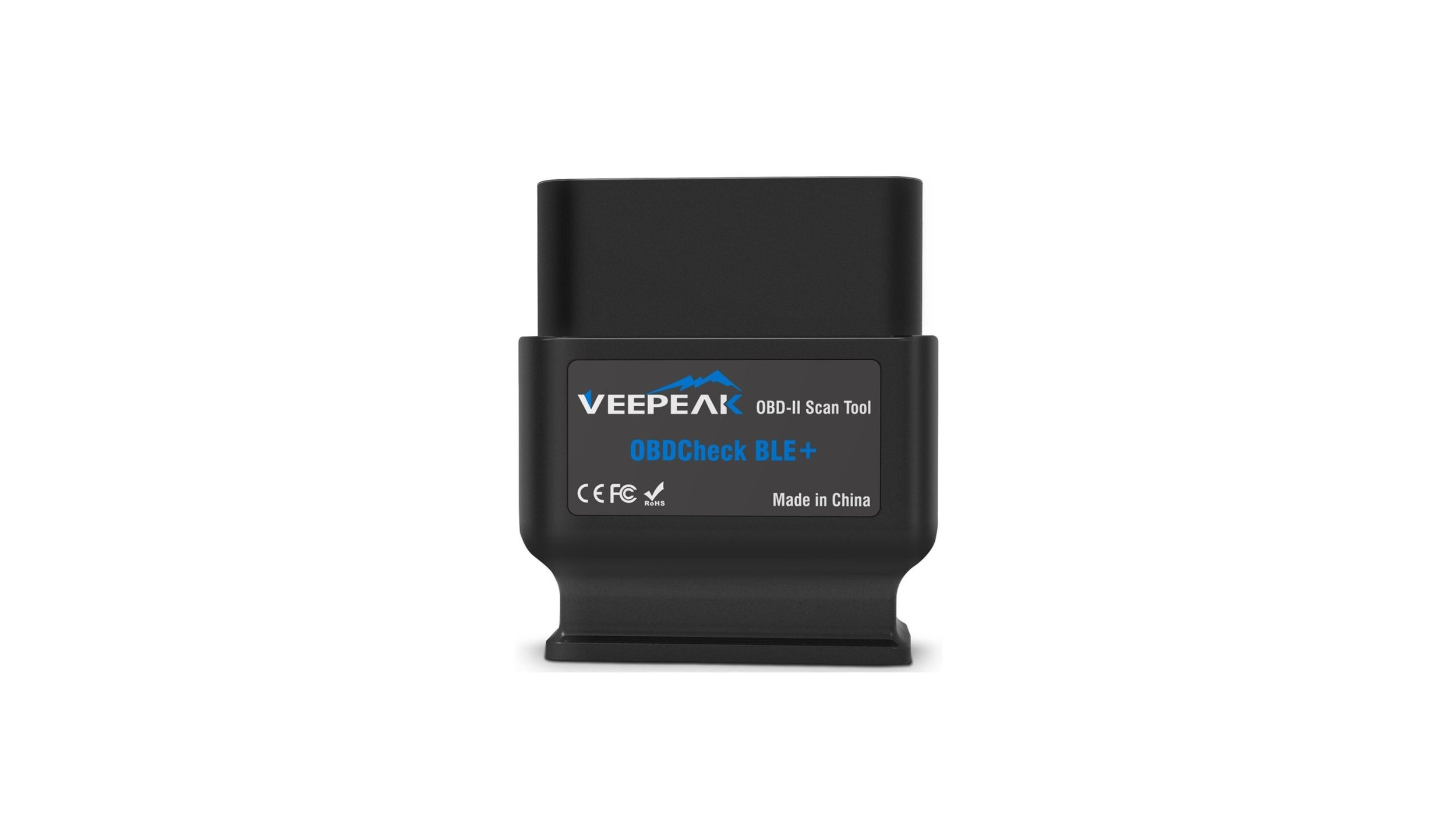HOW TO GET BMW OUT OF LIMP MODE
If you’re in LIMP mode, the first thing you need is an OBDII scanner.
A few days after buying BMW, the car would randomly go into LIMP mode.
LIMP mode causes you to lose all throttle response and the car will only go up to a few hundred RPM when you hit the gas.
You’re then dead in the water. Fortunately after turning the car off and on a few times everything started working again.
BMWs have whats called a DME (Digital Motor Electronics) computer or commonly know as the ECU.
Theres tons of debate about what OBD2 reader you should use. Should you buy a custom and expensive OBD2 tool like a DCAN cable along with INPA software to diagnose LIMP mode? We didn’t plan on coding the BMW DME, so we picked up a Veepeak OBD2 bluetooth scanner instead.
You can connect the Veepeak via bluetooth to your iPhone, iPAD, or Android device along with the OBD Fusion app. The Veepeak connects to the OBDII port under the driver side dash. When LIMP mode started to rear its ugly head, we threw the Veepeak into the BMW.
STEPS TO DIAGNOSE BMW LIMP MODE
The first code that the OBDII scanner threw was P0102. This indicated a potential issue with the MAP sensor.
Our BMW came with a 3rd party intercooler installed, but it’s diameter looked to be the wrong size.
The previous owner forced the intercooler onto the intake around the MAP sensor and filled the gaps with some sort of silicone.
Further investigation identified that the small sensor element was broken inside the MAP sensor.
We installed a new MAP sensor along with a new universal intake and that took care of code P0102.
Limp mode didn’t go away…
So next came codes P1632, P0121, and P0221 which probably had to do with LIMP mode.
Now these codes indicated general issues and didn’t point to one exact part. After combing through our BMW Bentley BMW Repair Manual which you can purchase here on Amazon, it seemed like the codes indicated a possible issue with the DISA
(Differentiated Intake System) valve, electronic acceleration pedal, throttle body, and anything in between.
We then inspected the DISA. The DISA has a flap inside which changes the intake air flow. This part is made of plastic and can sometime break causing bad issues especially if a broken plastic part makes its way into the intake.
We tested the flapper by placing vacuum onto the DISA and all looked to be working fine.
We also tested the acceleration pedal to make sure that the throttle body was properly responding and opening correctly.
Then we tested the idle control valve to make sure it was opening and closing when we gave it 12 volts.
Everything seemed fine, but none of these items looked to be faulty.
As we were putting all the parts back together from the air box back to the air intake we noticed a loose vacuum hose attached to the intake pipe which led down towards the exhaust.
The other end of the hose led to the fuel pressure regulator and the connection to the regulator. It was broken!!!
We repaired the end of the bad vacuum hose by cutting the bad section out and reattaching the vacuum hose back to the fuel pressure regulator.
We went for a test drive and LIMP mode didn’t come back. We’ve been driving and drifting the e46 for over a few months and LIMP mode is gone.
All in all I would say the Veepeak OBD2 bluetooth scanner works surprisingly well for diagnosing BMWs. We’ve also been able to use the Veepeak to troubleshoot issues with our Ford Edge and Ford Fusion. If you plan to do basic OBD2 code reading, we highly recommend the Veepeak along with the OBD Fusion.






